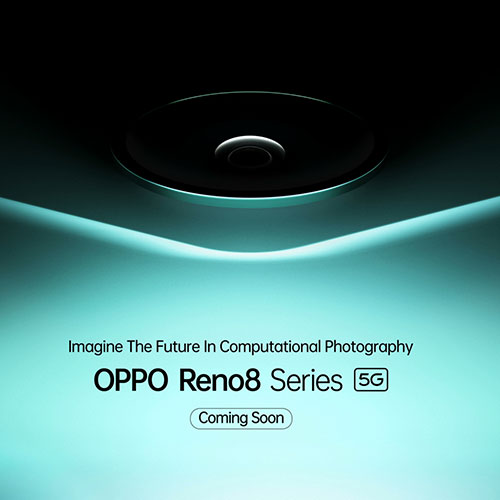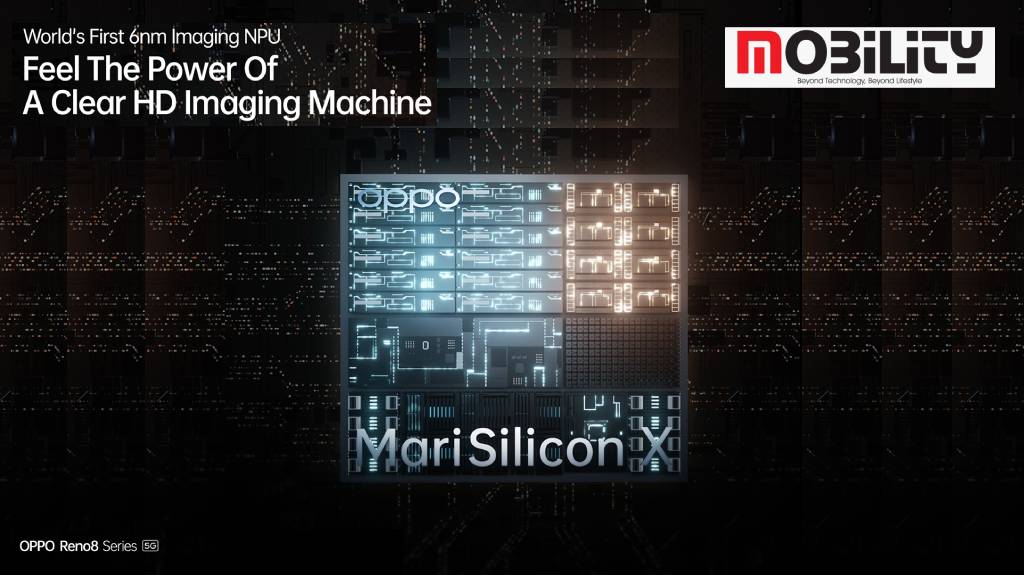OPPO’s camera innovation has reached new heights with the development of its neural processing unit MariSilicon X. The brand—known for its software and hardware technologies that enhance camera performance—continues to push the envelope when it comes to image processing. This evolution has been developed over three significant areas of innovation.

OPPO’s engineers have developed algorithms that render accurate Indian skin tones and even create Bokeh Flare Portrait Videos. OPPO’s AI can distinguish between skin blemishes and beauty spots—as well as the age and sex of the subject—to apply different levels of beautification and skin smoothening.
OPPO’s cameras recognise shooting scenarios and lighting to select the appropriate camera mode, including HDR for those perfect wide-exposure shots without user intervention.
On the hardware front, the brand collaborated with Sony to develop its all-new RGBW (red, green, blue, white) pixel array technology that is an update from traditional RGGB (red, green, green, blue) sensors. This proprietary technology, which involves 87 technical patent applications, inserts W (transparent) pixels in each RGGB pixel to allow 60% more light and a 20.2% increase in purity when compared with regular RGGB sensors. Essentially, it translates to more detailed low-light captures and improved skin tones in portraits. OPPO and Sony debuted this new RGBW technology in the Reno7 Series with the IMX709 selfie sensor, which continues to drive better light handling and colour tones in OPPO’s portrait photography.

OPPO’s innovation in smartphone camera tech has now ascended new heights with the development of its MariSilicon X Neural Processing Unit (NPU) which is designed for computational photography. This chip—developed over three years and comprising 400 patent applications—packs 3.6 billion transistors and can perform up to 18 trillion operations per second (18 TOPS). OPPO built MariSilicon X on the cutting-edge 6nm chip architecture that delivers an incredible 11.6 TOPS per watt for low-power consumption even in the most demanding tasks.
It is capable of real-time lossless AI processing in the Bayer RAW domain with image data from the 50MP IMX766 rear camera sensor. MariSilicon X’s image processing speed allows users to shoot night videos in 4K Ultra HDR quality with the promise of crystal-clear frames. With the NPU’s support for HDR Fusion and AINR (AI Noise Reduction) algorithm operations, it delivers 4K Ultra Night Video at up to 20Bit (theoretically), with the brightest spot up to 1 million times brighter than the darkest.
With MariSilicon X, OPPO has created a complete set of customised solutions for software and hardware integration in computational photography. It is the last piece of OPPO’s custom imaging system, designed to leverage the strength of its camera sensor and run its imaging proprietary algorithm even more efficiently.
OPPO has crafted the Reno8 Series cameras to help photographers and videographers #TransformTheNight by leveraging cutting-edge technologies that tackle the pain points of night-time shooting where each frame—movies or stills—is crystal clear and rendered with accurate colours.
If you have an interesting Article / Report/case study to share, please get in touch with us at editors@roymediative.com/ roy@roymediative.com, 9811346846/9625243429.






